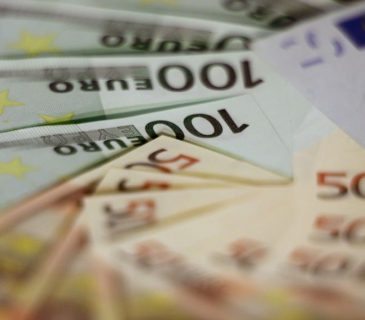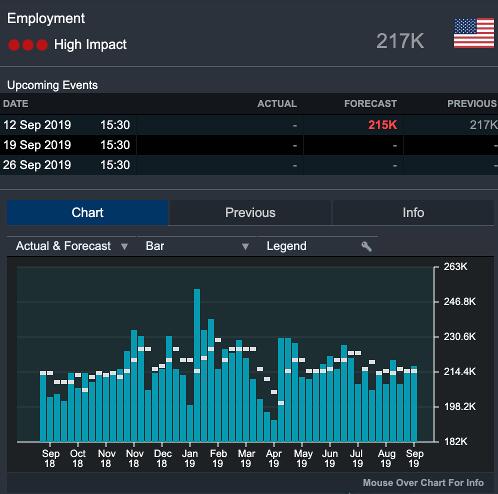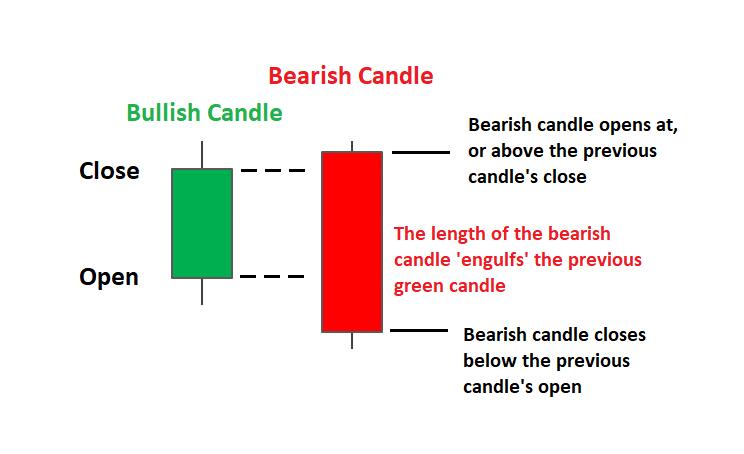Help Protect Your Position Using Stop Orders
Help Protect Your Position Using Stop Orders
9 Dicembre 2020smokin4free com review is smokin4free com a scam or legit check smokin4free.com for fraud and risk is smokin4free.com safe
18 Dicembre 2020Contents
You choose a level of acceptable risk per participant and purchase coverage at that amount. When the stock price starts climbing again, your limit order might still be in effect. If that wasn’t the plan, you probably intended to place a stop-loss. With a limit order, your broker executes your trade only if they can ‘beat’ your limit price.

A stop-limit order is an order to buy or sell a stock that combines the features of a stop order and a limit order. Once the stop price is reached, a stop-limit order becomes a limit order that will be executed at a specified price . The benefit of a stop-limit order is that the investor can control the price at which the order can be executed.
Cigna Medical Stop Loss Insurance
On the other hand, amana capital brokeres on emerging market opportunities will typically be set at higher price increments. Now, consider what happens if you place a sell stop-limit order intending to limit your loss. You submit a stop-limit order with a stop price of $95 and a limit price of $94.

For example, if you place a buy limit order at $100 while the price is rising, the limit order tells the broker not to pay more than $100. If they can’t, the request remains unfilled rather than paying the higher rate. If you place a sell limit order, the broker won’t accept a price below your limit. The idea of using a stop price is to protect your position from sharp declines. For example, say that you think there’s a risk that a stock you own might drop by 10%.
In the chart you can see that the 15% loss level would have given you the best result over the largest part of the 11 year test period. The chart below shows you the results of the traditional stop-loss strategy for all tested stop-loss levels. This was most likely because the stop loss level was set too low. If the researchers excluded the technology bubble the model worked even better.
Stop-Loss Orders: One Way To Limit Losses and Reduce Risk
They also raise the important aspect of the need for being protected whenever a trader opens a trade. Tokio Marine HCC – Stop Loss Group is a leading provider of medical stop loss insurance, provided through brokers, consultants and third party administrators. Safeguard clients’ bottom lines with our innovative stop loss, Taft-Hartley, captive and organ transplant solutions. In stock trading, a maxitrade review is just an advanced direction to a broker.

As the stock increases in price, if—at any point—the bid retraces by 5%, a market order will automatically be entered for the quantity you specified. You placed a 5% trailing-stop order on a recently purchased stock position. If the market is falling fast, your order may not be filled at all if the next trade occurred at $87.45 and the stock continued to decline. Get stock recommendations, portfolio guidance, and more from The Motley Fool’s premium services.
Box office
So this parameter will tell the bot how often it should update the stoploss order. This same logic will reapply a stoploss order on the exchange should you cancel it accidentally. If stoploss_on_exchange is enabled and the stoploss is cancelled manually on the exchange, then the bot will create a new stoploss order. All stoploss properties mentioned in this file can be set in the Strategy, or in the configuration.
- As mentioned above, this order is held on a Schwab server until the stop price is reached.
- The moment the price falls to $95 or lower, a sell market order gets issued.
- If you place a sell limit order, the broker won’t accept a price below your limit.
- The stop-loss order will result in 100 shares of Acme being sold at $88.75.
- We also reference original research from other reputable publishers where appropriate.
Use trailing_stop_positive_offset to ensure that your new trailing stoploss will be in profit by setting trailing_stop_positive_offset higher than trailing_stop_positive. Your first new stoploss value faithful finance will then already have locked in profits. Trailing stop loss only once the trade has reached a certain offset. In many cases, traders have seen their profits wiped out by one unprofitable trader.
Traditional stop-loss strategy – not trailing
Unum’s Stop Loss Insurance helps protect your company by limiting financial losses from large or unexpected patterns in medical claims. A stop order, also referred to as a stop-loss order, is an order to buy or sell a stock once the price of the stock reaches a specified price, known as the stop price. When the stop price is reached, a stop order becomes a market order.
Stop-loss vs. stop-limit orders are both used to provide protection against the size of potential losses on existing positions. Stop prices usually represent the maximum loss level an investor is willing to accept for a given position. Stop-loss orders guarantee execution if the security hits the stop price, but do not guarantee what price the trade will be exited at. Stop Limits effectively build a limit price requirement atop a normal stop-loss order. Brokerages execute a variety of stock order types for investors to buy and sell stocks.
Find the approximate amount of currency units to buy or sell so you can control your maximum risk per position. From basic trading terms to trading jargon, you can find the explanation for a long list of trading terms here. We are proud to be the leading independent carrier of stop-loss1.
Most of the strategy files already include the optimal stoploss value. DTTW™ is proud to be the lead sponsor of TraderTV.LIVE™, the fastest-growing day trading channel on YouTube. Whether you have Unum coverage or offer Unum coverage, we are dedicated to serving your needs. Our secure website provides information and tools that can help you make the most of your relationship with Unum. Business Structure With deep expertise in our chosen lines of business, our teams evaluate and manage risk like no one else. Is a necessary expense that a company maintains to perform its regular business activities and may also be referred to as OPEX.
Our gain and loss percentage calculator quickly tells you the percentage of your account balance that you have won or lost. Charts, screenshots, company stock symbols and examples contained in this module are for illustrative purposes only. Group insurance policies are underwritten by Sun Life Assurance Company of Canada in all states, except New York. In New York group insurance policies are issued by Sun Life and Health Insurance Company (U.S.) . Product offerings may not be available in all states and may vary depending on state laws and regulations. Michelle Jones is editor-in-chief for ValueWalk.com and a daily contributor for ValueWalkPremium.com and has been with the sites since 2012.
It simply says that you want to place a trade, but only if the value of a stock reaches a specified price. If the current price is $100, perhaps you would place a stop-loss at $95. Then, if the stock value really did fall to $90, your stop loss would turn into a market order at $95. If a stock has a high beta , you could trigger the sale and miss out on the rebound.

